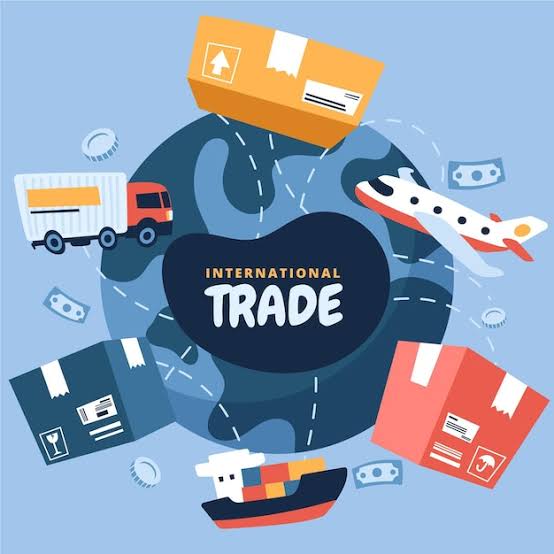The UAE authorities have reported an alarming rise in cases of trade-based money laundering (TBML) in 2022 and 2023, revealing the sophisticated methods fraudsters employ to disguise illicit financial activities. According to the UAE’s financial intelligence unit, forged trade documents and phantom shipments have been widely utilized to conceal the movement of illicit funds, making TBML a significant concern for the nation’s financial security.
Strategic Report Highlights Escalation of TBML Cases
Last week, the financial intelligence unit published a comprehensive strategic report detailing the methods used by criminals to transfer money and illicit goods globally. The report is based on 610 credible TBML reports received over the past two years. It identifies document manipulation as a crucial tool in TBML schemes, accounting for 41% of cases. Bills of lading and invoices are frequently targeted by criminals to forge or alter critical information.
While not exhaustive, the report lists common techniques used to falsify trade documents. These include altering shipment dates, changing ports of loading or container numbers, and producing duplicate invoices with modified buyer and seller names. Such manipulations make it challenging for authorities to track and verify the legitimacy of transactions.
One of the most prevalent forms of TBML identified in the report is phantom shipments, which featured in 61% of the cases. Despite the existence of altered documentation and real payments, no goods were ever shipped. Most of these fraudulent invoices were paid via wire transfers, although around 5% of the cases involved the use of letters of credit.
Phantom shipments are also linked to further fraudulent activities, where forged shipping documents, invoices, or contract agreements are used to access trade finance facilities. These fraudulent actions ultimately result in financial losses for the issuing financial institutions, as the anticipated shipments never occur.
Diverse Tactics and Commodities in TBML Schemes
The report also highlights invoice manipulation as a significant TBML method, though less common, accounting for 11% of cases. This involves either under or over-charging for goods or submitting the same invoice multiple times. In such cases, the buyer and seller often collude, but trade brokers or other external entities may also be involved, complicating the tracing process.
Global Trade Based Money Laundering Challenges
The report identifies the commodities most frequently involved in TBML cases. Foodstuffs, particularly rice, nuts, seeds, fruit, and peas, account for 14% of fraudulent goods. Building and construction materials follow at 10%, with auto spare parts and accessories making up 9%. Precious metals and stones, representing 7% of the goods involved, are also highlighted as they can serve as alternative currencies to purchase restricted items.
What is Missing Trader Fraud and its impact on Trade Based Money Laundering
The complexity of TBML, combined with its extensive nature, has made it a challenging type of fraud to study and combat. With tighter anti-money laundering regulations over the past decade, criminal groups have increasingly shifted from cash-based methods to more intricate schemes like TBML. In 2018, the International Chamber of Commerce described TBML as the “least understood financial crime method,” estimating that hundreds of billions of US dollars could be laundered annually through this method.
Trade Based Money Laundering in North Korea
Challenges for UAE Authorities in Combatting TBML
Historically, the UAE struggled to effectively catalog and address TBML, leading to its addition to the Financial Action Task Force’s greylist of high-risk jurisdictions in 2022. However, significant progress has been made in recent years, culminating in the UAE’s removal from the greylist in February 2023.
How the UAE landed itself on the Money Laundering Watchdog Grey List
Despite these advancements, TBML continues to pose a high risk according to the UAE’s central bank. The strategic report serves as a crucial step in understanding and mitigating the complexities of TBML. By identifying prevalent methods and commodities involved, the report aims to enhance the effectiveness of regulatory measures and strengthen the country’s defenses against this sophisticated form of financial crime.
The UAE authorities remain vigilant in their efforts to combat TBML, acknowledging the need for continued collaboration with international partners and stakeholders. The fight against TBML is an ongoing battle, requiring constant adaptation to the evolving tactics of criminal groups. The strategic report by UAE Authorities underscores the importance of robust regulatory frameworks, advanced detection technologies, and comprehensive training for financial institutions to effectively counter this pervasive threat.
As the UAE Authorities continue to bolster financial security, the insights gained from the strategic report will play a pivotal role in shaping future policies and actions to combat TBML and safeguard the nation’s economic stability.


